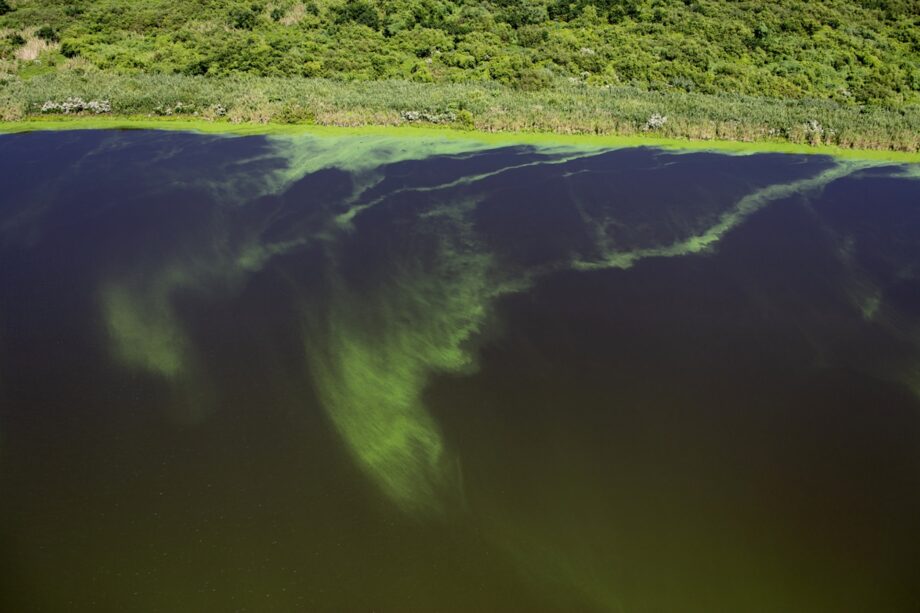- Florida receives $10 million in funding for technology to combat toxic algae, aiming to clean up waterways
- Toxic algal blooms in Lake Okeechobee pose health risks to humans and animals due to toxins
- Climate change exacerbates algae growth through phosphorus and nitrogen runoff, leading to harmful blooms
- Various technologies being invested in, such as algaecides and water pumps, to disrupt algae growth
- Funding for innovative technologies is a critical part of Florida’s strategy to protect water quality, with a focus on natural water systems’ safety
Florida Algae Technology: A $10 Million Initiative to Combat Toxic Algae
Florida’s battle against toxic algae blooms has received a significant boost with the allocation of $10 million in funding for technology aimed at cleaning up the state’s waterways. These harmful algal blooms have been a persistent threat, causing health issues for both humans and animals. The funding aims to support innovative solutions to address this pressing environmental concern.
Understanding the Impact of Toxic Algae Blooms
Toxic algal blooms, such as those found in Lake Okeechobee, pose a serious threat to water quality in Florida. These blooms can lead to lung infections and neurological disorders, making the water unsafe for recreational activities and wildlife. The algae’s toxicity is so potent that even boiling the water does not eliminate the harmful toxins. The root causes of these blooms are linked to climate change, with rising temperatures and increased rainfall contributing to the release of nutrients like phosphorus and nitrogen into water systems. These conditions create an ideal environment for algae to flourish, leading to widespread contamination of water sources.
The Role of Innovative Technologies in Water Quality Protection
In response to the growing concern over toxic algae blooms, Florida Governor Ron DeSantis announced the allocation of $10 million for technological solutions. This funding will support ten projects focused on developing and implementing innovative technologies to combat the issue. Various approaches are being explored, including the use of algaecides like Lake Guard Oxy and the installation of water pumps to disrupt algae growth in stagnant water. Dr. Anna Wachnicka, a scientist with the South Florida Water Management District, highlighted the importance of keeping water moving to prevent the formation of harmful algal blooms. These efforts reflect a commitment to protecting Florida’s water quality through a multi-faceted approach that includes the integration of cutting-edge technologies.
Related Video

Continued Commitment to Water System Cleanup
Shawn Hamilton, the secretary of Florida’s Department of Environmental Protection, emphasized the significance of dedicated funding for innovative technologies in safeguarding water quality. This investment underscores the state’s ongoing commitment to addressing the challenges posed by toxic algae blooms and ensuring the health of its natural water systems. By prioritizing the development and implementation of technology-driven solutions, Florida aims to mitigate the environmental and health risks associated with algal contamination. The $10 million initiative represents a step forward in the state’s efforts to combat this pressing issue and protect its valuable water resources for future generations.
The allocation of $10 million for technology to combat toxic algae blooms marks a significant milestone in Florida’s ongoing efforts to safeguard its water quality. By investing in innovative solutions and embracing a multi-faceted approach to environmental protection, the state is taking proactive steps to address the challenges posed by harmful algal blooms. With a focus on research, development, and implementation of cutting-edge technologies, Florida is positioning itself at the forefront of water system cleanup and conservation. The future of the state’s waterways looks brighter with the support of dedicated funding and a commitment to leveraging technology for the greater good.
Links to additional Resources: 1. https://www.dep.state.fl.us/ 2. https://www.floridahealth.gov/ 3. https://www.sfwmd.gov/